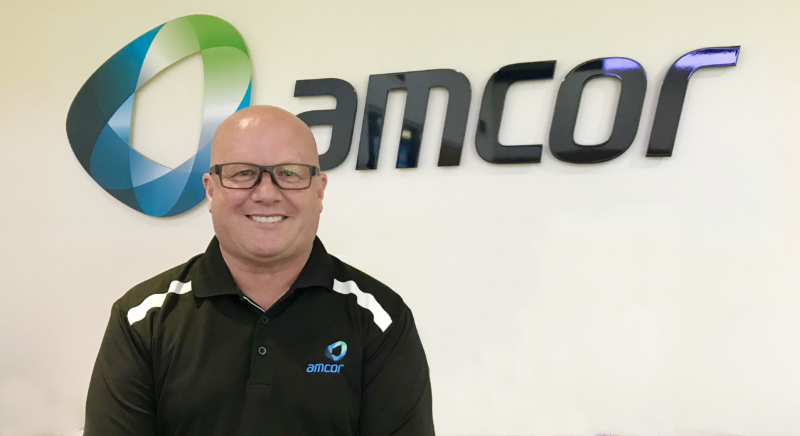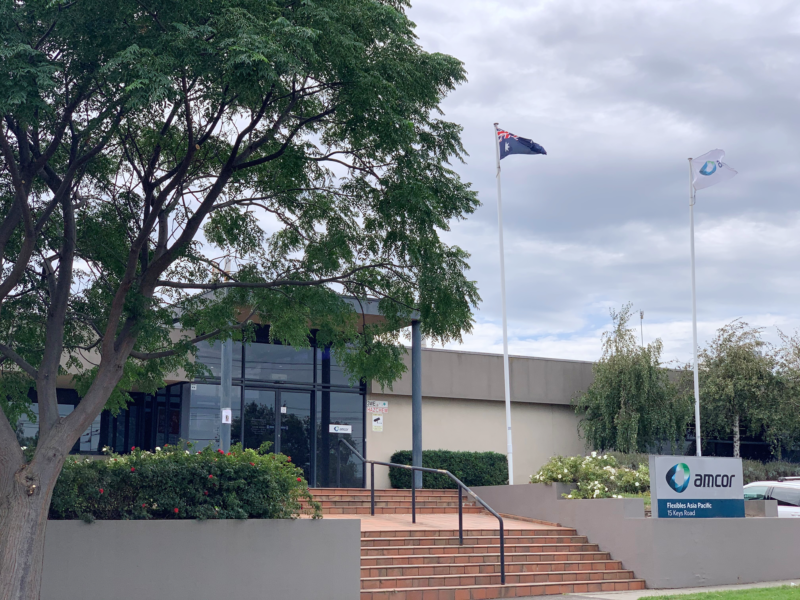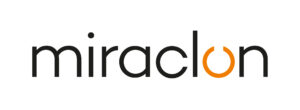When Amcor ANZ was tasked with the print for a potato chip rebrand, pre-press manager Gary McQuiggan had to deliver an extreme spread of colors without compromising any particular product in the range – or breaking the bank. Here’s how flexo and four color Expanded Color Gamut helped him pull off the job and wow his customer…
Rebrands can be a tricky business for printers. Take food and drink products. Each particular variety in the revamped range has to leap off the shelf like it’s the one thing consumers need. So the printer has the challenge of producing bright, eye-catching and consistent colors and product shots for that product – without any adverse impact on the other products in the range. And then repeating that performance again and again with completely different colors. All while the brand holding the whole range together has to stand out as well. Feasible? For sure. But it sounds fiddly and expensive too.
In 2016, KODAK FLEXCEL NX plate user Amcor had the job of relaunching a major brand of chips in Australia, with a new logo, new product shots, and packs for a wide range of flavors. For Gary McQuiggan, pre-press manager for Amcor, ANZ, CMYK Expanded Color Gamut (CMYK ECG) print offered a way to deliver the necessary quality – while keeping costs down.
“The color gamut was extreme,” he says, of the job. “Bright yellows, magentas, dark blues, greens – the range had every color imaginable. Typically if a marketer came in saying they wanted the green pack to be stronger, you could do that, but it would affect the Original flavor, for example, or the BBQ. But with our new CMYK ECG approach I could say: ‘Let’s just get in line with our current profile, don’t adjust it.’ In the next two weeks we got brand new artwork and we were away. And the brand owner was raving about the results.”
Meeting Demands
Traditional ECG works by offering a standardized set of inks for the printer to draw from. We typically think about ECG as a standard 7 color ink set – say, CMYK, orange, green and violet. It’s great for efficiency, as it cuts pre-production lead times by removing the need to qualify new inks every time you go to press. You’re eliminating things like wash-out time on press, and scrap in set-up. All very handy when the job demands you print so many different varieties within one job. What’s different about Amcor’s approach is that they found a way to expand the color gamut using only FOUR colors.
Amcor now has 24 machines across the region, and all of them run KODAK FLEXCEL plates, supplied by pre-press specialists Kirk Group. One of the key reasons for adopting the FLEXCEL NX plate technology is that ease: Gary says it allowed him to take 7-color jobs to 4-color “very quickly”. Elsewhere he’s taken one of the biggest branded biscuits in Australia from 9- and 10-color gravure to 4-color flexo.
Gary is quick to praise the Print, Mounting and Ink teams at the Amcor’s Moorabbin site, but also salutes the versatility the Kodak flexo plates give them. “I’m doing a superhero promotion for a major brand at the moment,” he says. “In the past, to think you’d be able to get their bags out of 4-color with the promotional activity as well as the standard print was unheard of. Now we’re able to do that, thanks to the Kodak flexo plate.”
All Adding Up
But Gary also explains how flexo, with its quicker set-ups and faster print runs, has huge positive cost implications. The results now go toe-to-toe with gravure, which is a vastly more expensive option in Australia. Thanks to an expanded color gamut, he can do the same job in 4-5 color flexo for “market-leading cost”.
“All businesses are under pressure for price and costs,” says Gary. “And I think that’s the key here: for a business like Amcor to be able to set up a machine and run surface and reverse print in the same sequence, on one machine, using one ink system, it’s staggering what that does for us.”
And for his clients? They’re able to redirect their budgets as a result. Money that used to go on repro, proofing and tooling is now freed up for expanding that crucial promotional activity.
“Instead of blowing their seven-figure budget in three to four months with gravure, marketers don’t even exhaust it over 12 months,” says Gary. “It’s huge.”
But it’s not just about cost-effectiveness. No savings are worth it if the quality of the end product isn’t up to scratch. Going back to the potato chip example, four color ECG allowed Gary to deliver exactly what mattered to the customer: the quality that drives repeat business, and a much broader color palette that doesn’t compromise the brand that glues the whole range of SKUs together.
“Consistency is a massive deal, especially when you’re converting brand colors to process,” says Gary. “And branding is key in this work. It’s my job to convince the end user that we can make their brand colors out of process.”
Thanks to CMYK ECG, Gary was able to run product shots and the special brand colors in one plate without compromising the brand. The logo was a large diamond in the middle of the pack, with the company name emblazoned in white out of a reverse red background. All contained within a reflex blue outline and a warm yellow glow. Not the easiest thing to pull off.
“I really struggled on a conventional plate to get that into a space the client was happy with,” says Gary. “But using an CMYK ECG approach on a Kodak plate, I had a much better density and gamut range, and got it pretty much first up.”
And was the brand owner raving about that too? “The logo was paramount,” Gary says. “The product shot ran second; and the background ran third. Well guess what: I gave them all three.”


